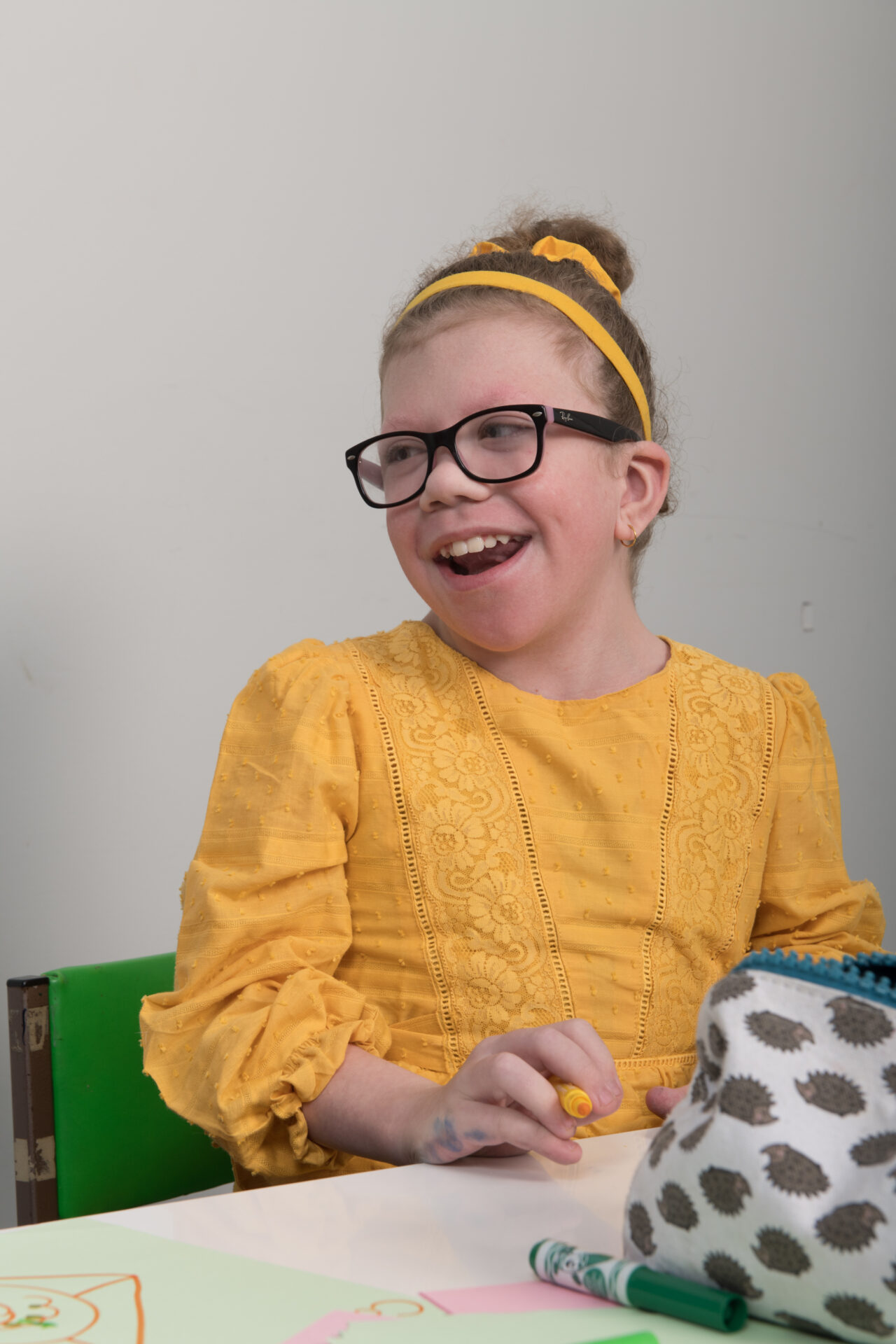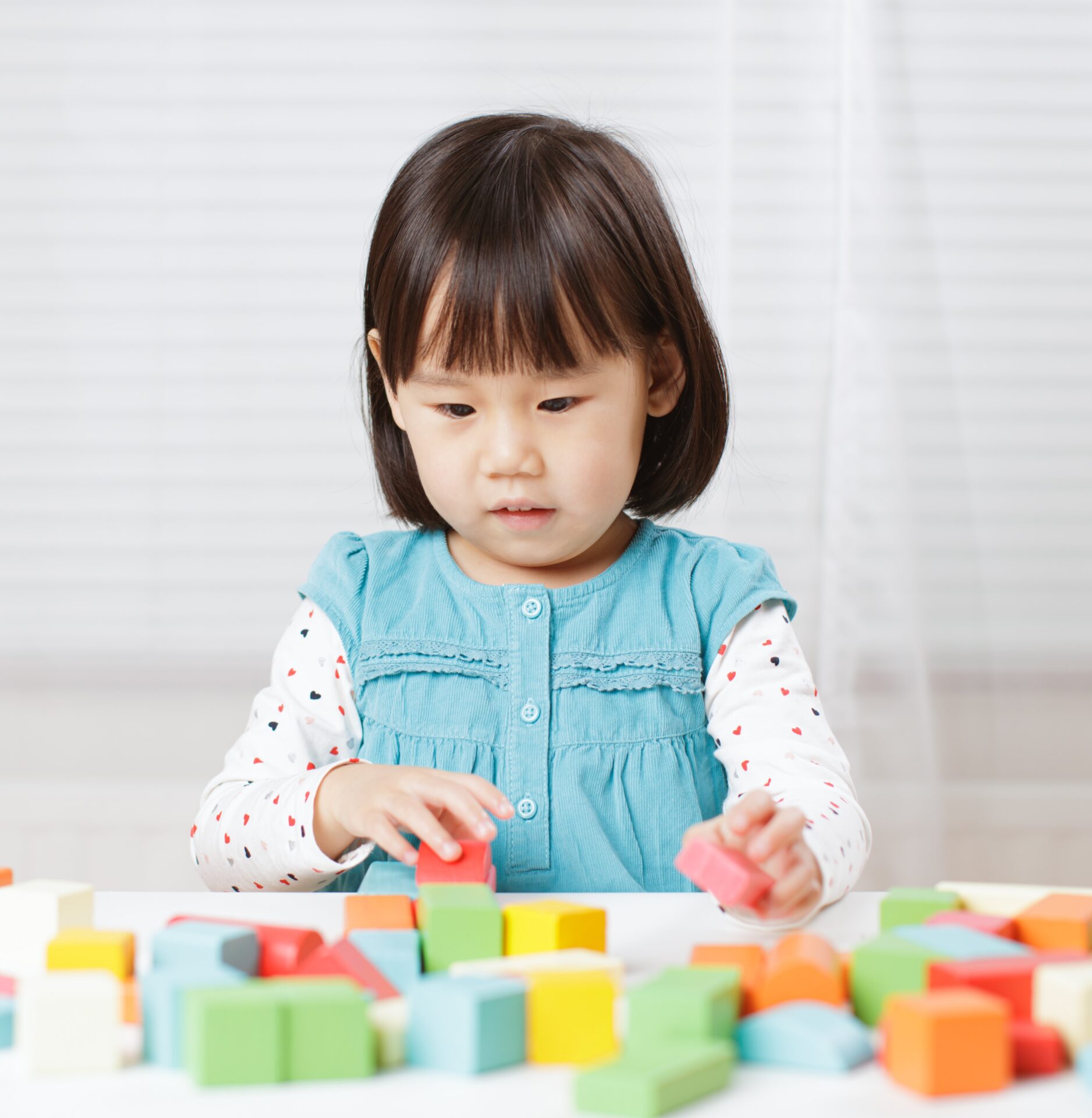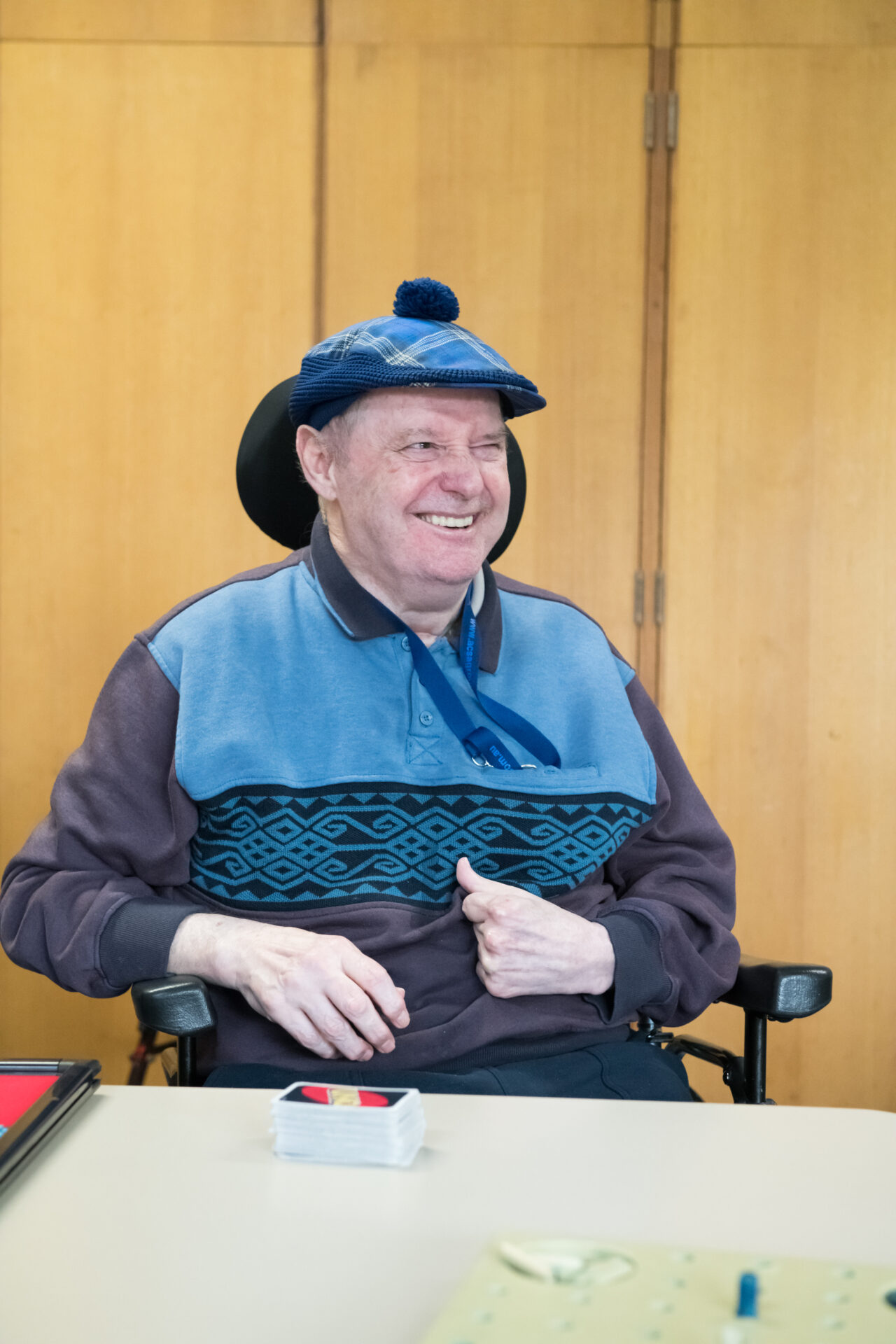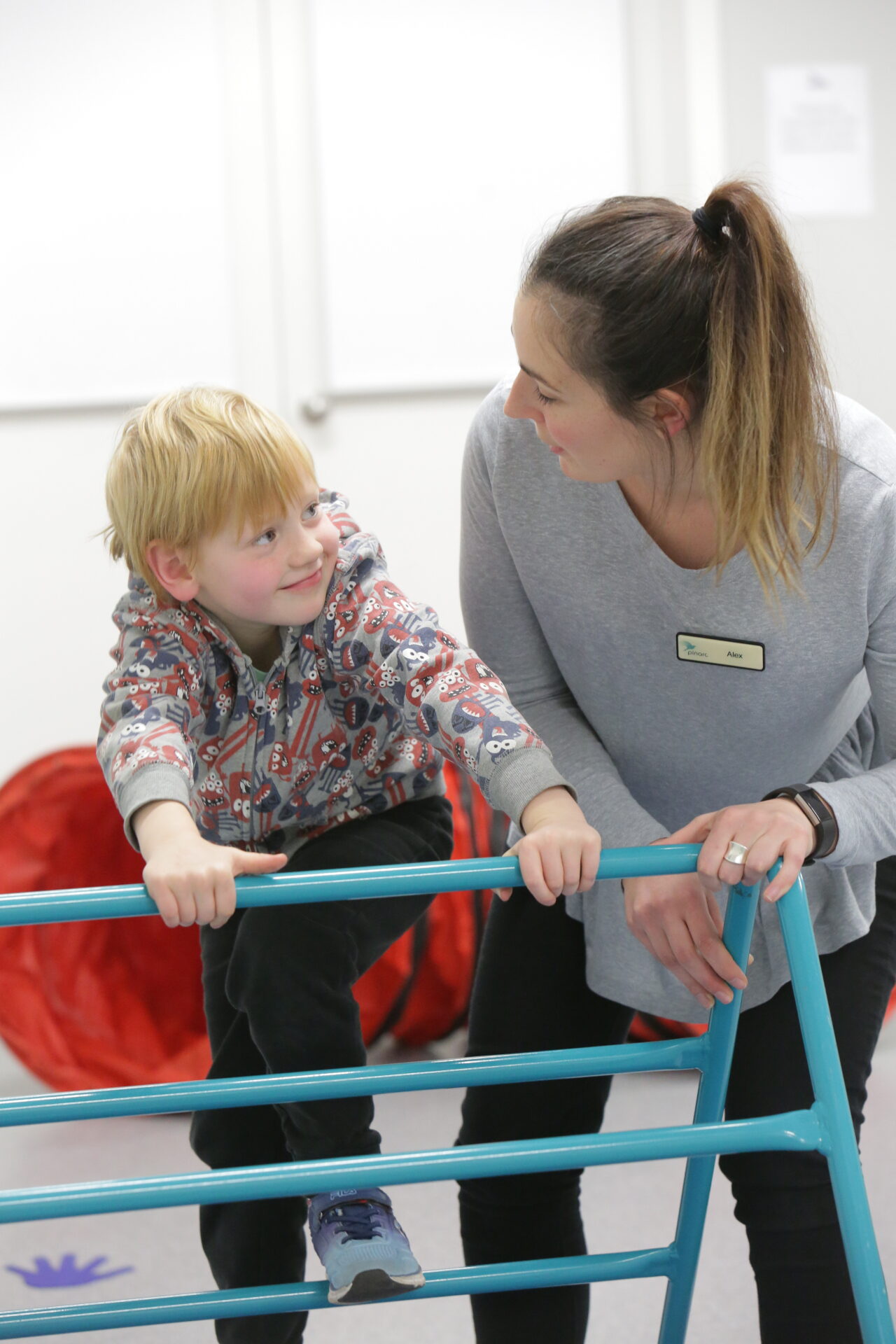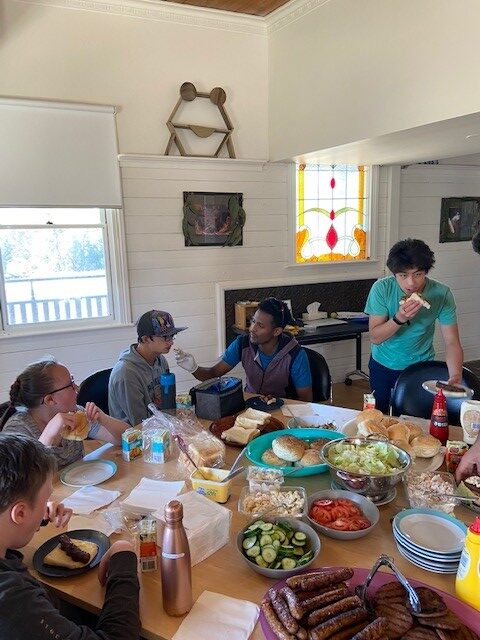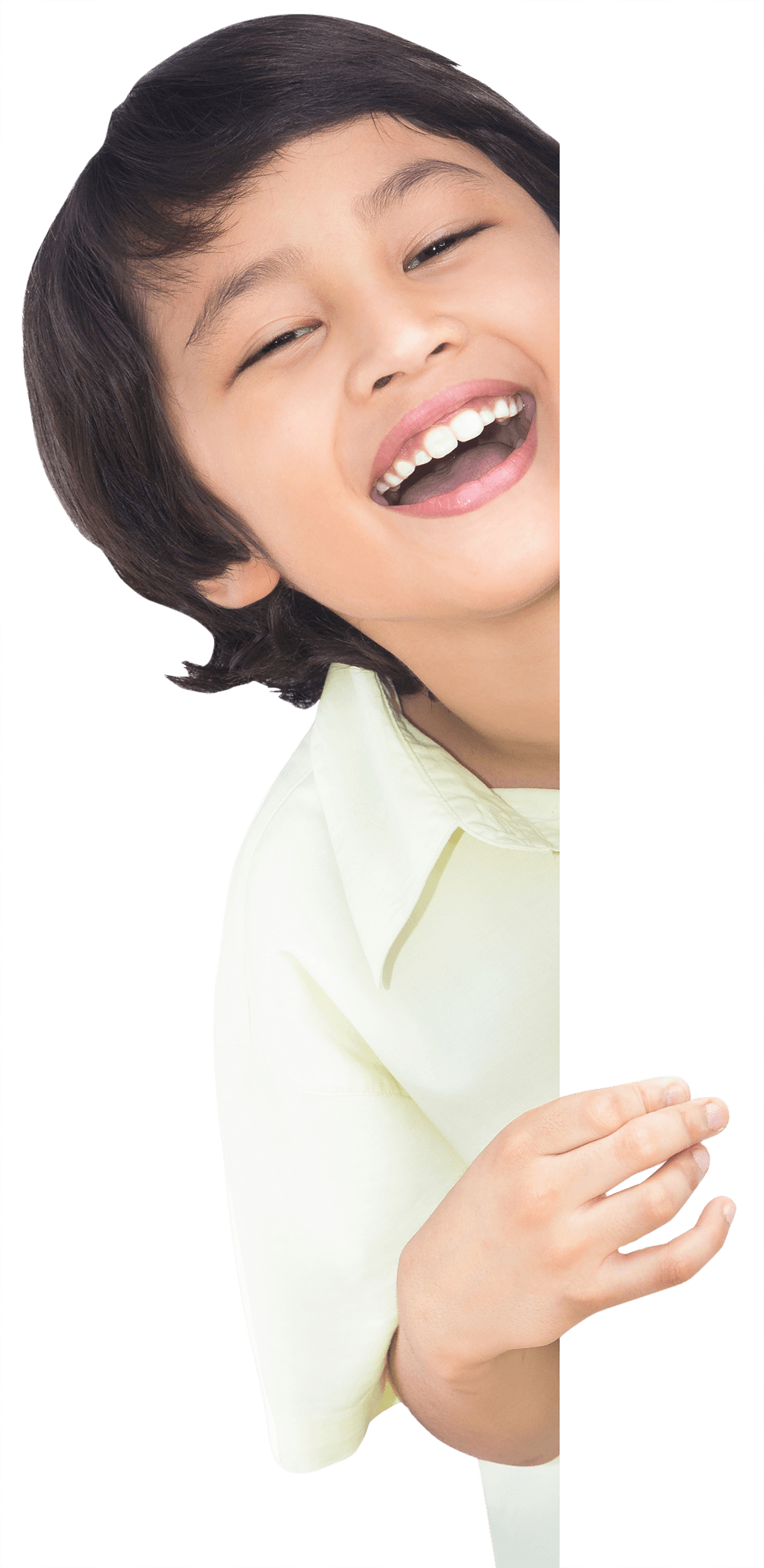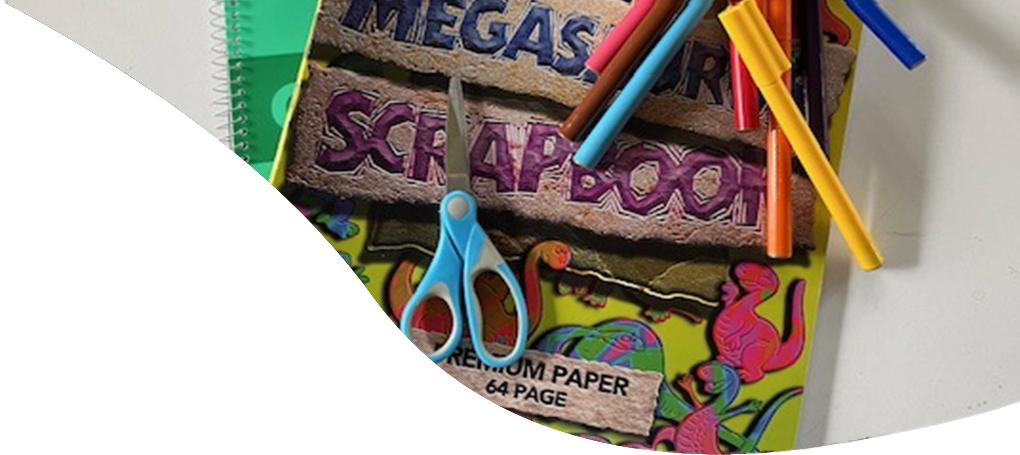Transitions are changes that can offer both opportunities and challenges.
Planning and practicing putting in place school bedtime routines, school meal-time schedules and self-help skills in the days leading up to returning to school can help with the change.
A transition can be:
- a micro change such as, using a different object than usual or sitting in a new spot during a typical day,
- moving from one activity to another activity,
- developing a relationship with a new person,
- a larger change such as the move to a new educational setting or environment.
A seamless transition is usually one that involves:
- preparation
- planning
- practice
- predictability
When supporting a person with a transition we suggest you start by:
- acknowledging the transition and any changes taking place
- breaking down the steps of the transition into small parts
- make a plan for each step of the transition
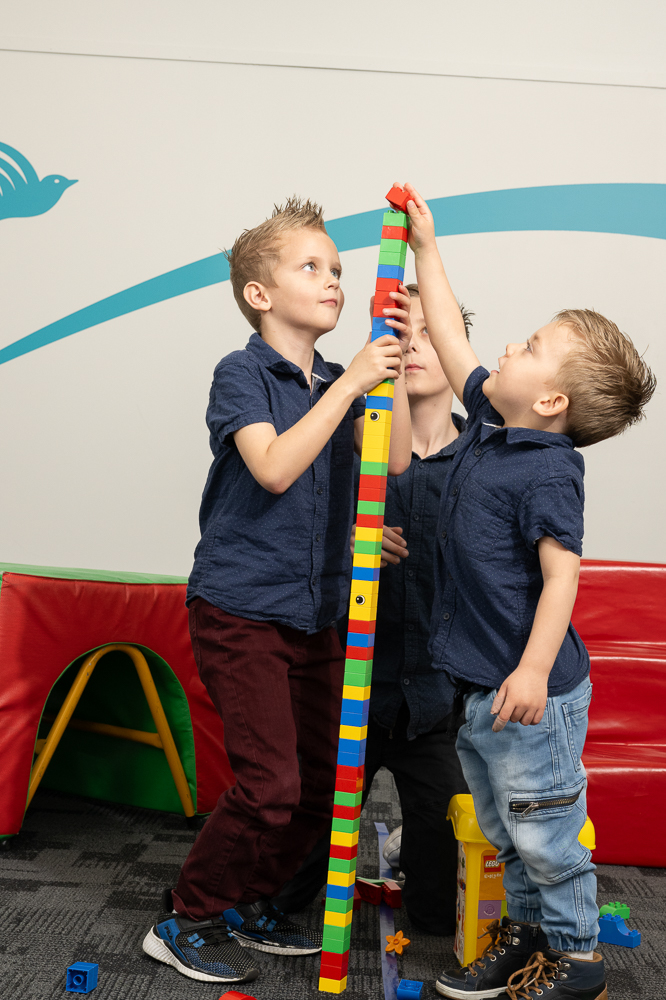
Tips to manage anxiety around transition
It is important to reduce anxiety by acknowledging and managing your own concerns before talking with the person you are supporting with the transition. Practice tools that calm the nervous system such as deep breathing or bodily movements. Draw on past techniques that have worked for the person making the transition to reduce their anxiety.
Below are some transition tips and things to be aware of from Sue Larkey, an educational consultant who specialises in Autism:
- Sensory/Environment: New sounds, movements, uniforms etc. For example with secondary students it is important they get to experience a busy locker area as part of transition. Too many people take them on a tour when no one is in the school.
- People: Who will be their teacher, assistant, which students will they know, who to go to for help, getting to know office staff, etc.
- Visuals: Map of the school with toilets, classroom, bags, office, library, etc. Video /Film on iPad: Video of the new school, environment, and teachers is wonderful as they can play over and over. Make sure you show the environment HOW it actually looks; for example video of busy locker area, playground full of students rather than empty.
- Social Scripts/Photo Books: Create social scripts or photo books that show the child information. Many children need “reasons”: Why do I have to change teacher?, Why do we have to move classrooms? Why can’t I stay with my friends? You can create social scripts that explain this and they can refer back to.
- Photos: Class teacher, important staff, toilets, bubblers, etc.
- Playground: Routines and activities, equipment, games in playground. Do they want friends? Who do they know already? Clubs they can join.
- Lunch Routine: Practice using lunch box, container, drink bottle, etc.
- Calendar: Use a calendar to show when their visits will be and they will start in the new class.
- Getting to school: Bus, walk, car. Practice the routine, discuss what to do if late or raining. (Some students are best dropped off right on bell others love morning activities in playground).
- Calming Strategies: Ensure the child knows where in the new environment they can go to calm or access their sensory tools.
The Victorian Department of Education has an excellent transition fact sheet available via this link: www.vic.gov.au/tips-starting-school
Please do not hesitate to contact your Pinarc therapist for support and further information about transitions or talk to your Early Childhood Educator who can work with our Preschool Field Officers to help support your child’s transition to and from kindergarten and school.
